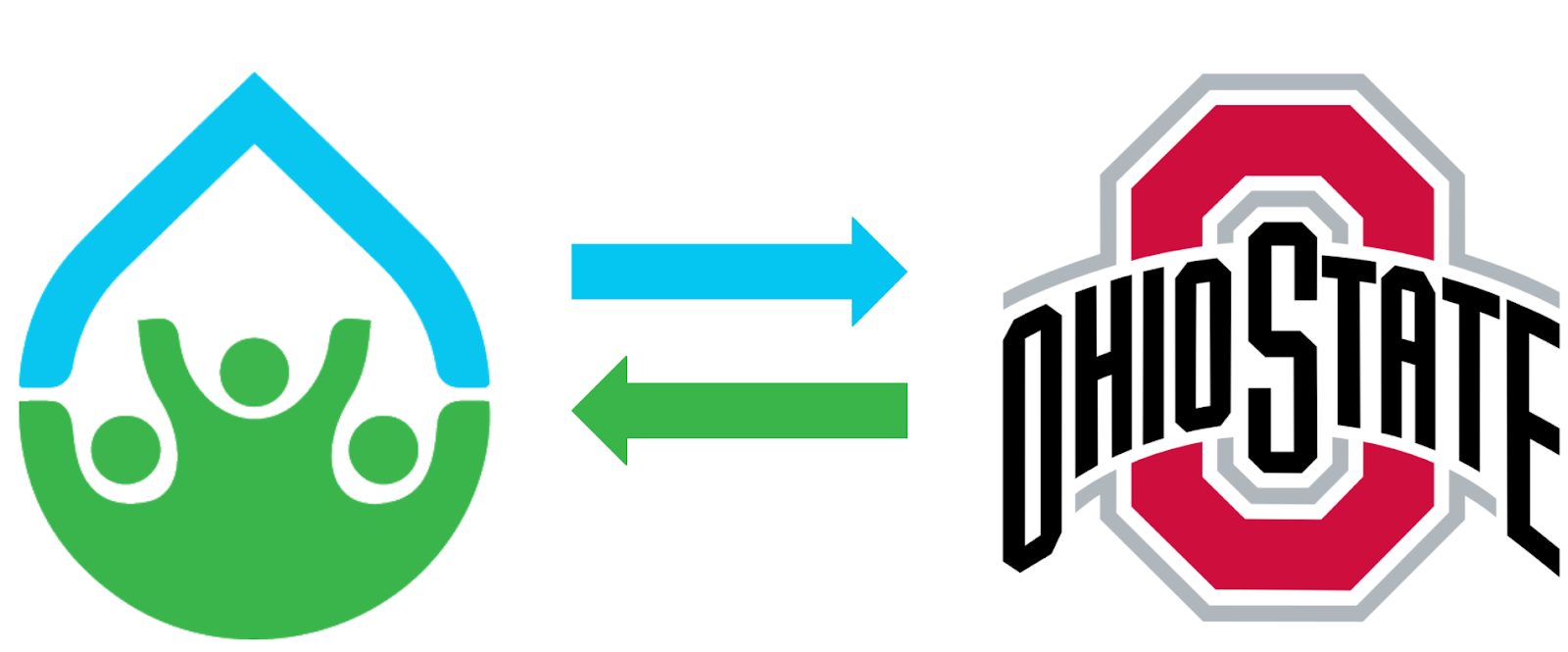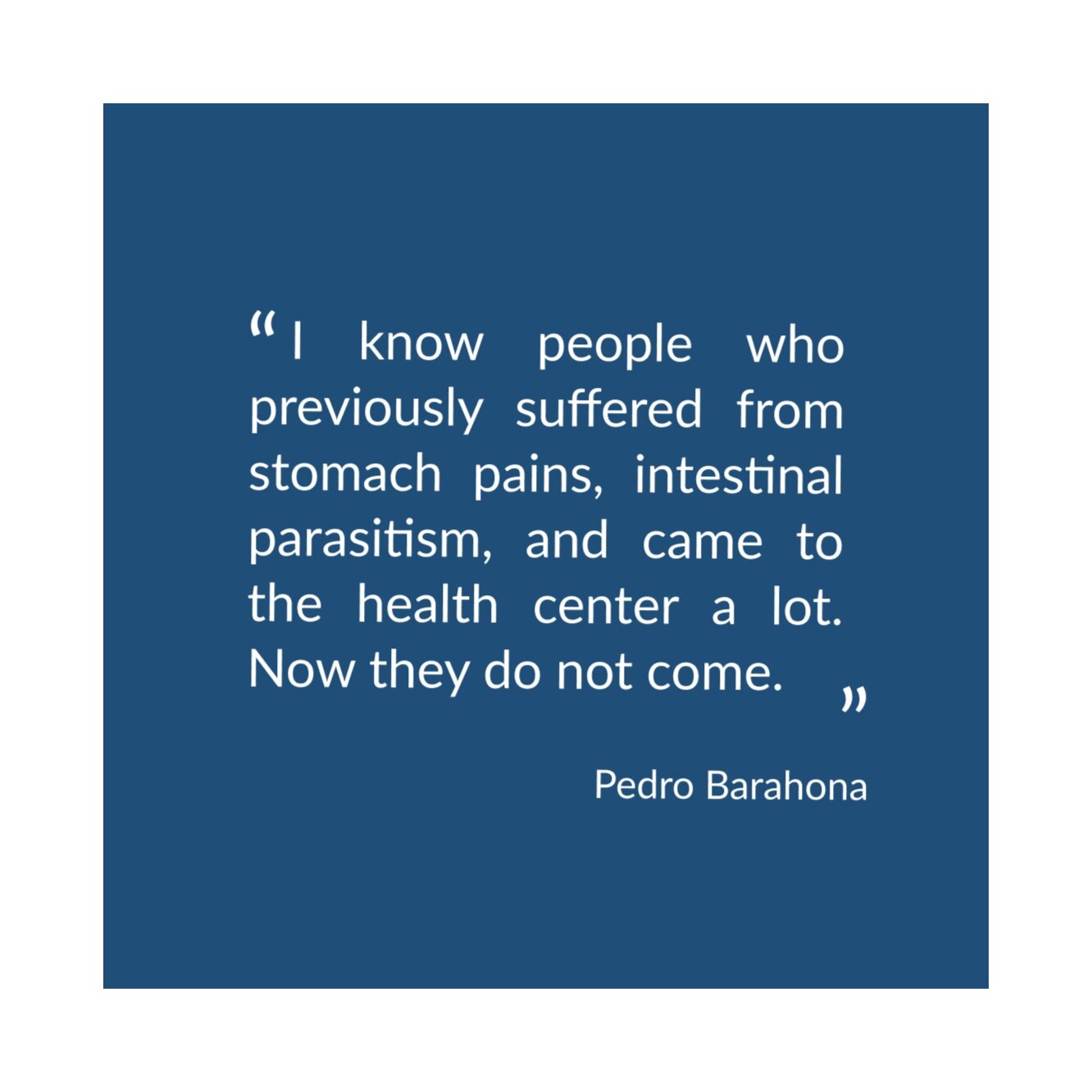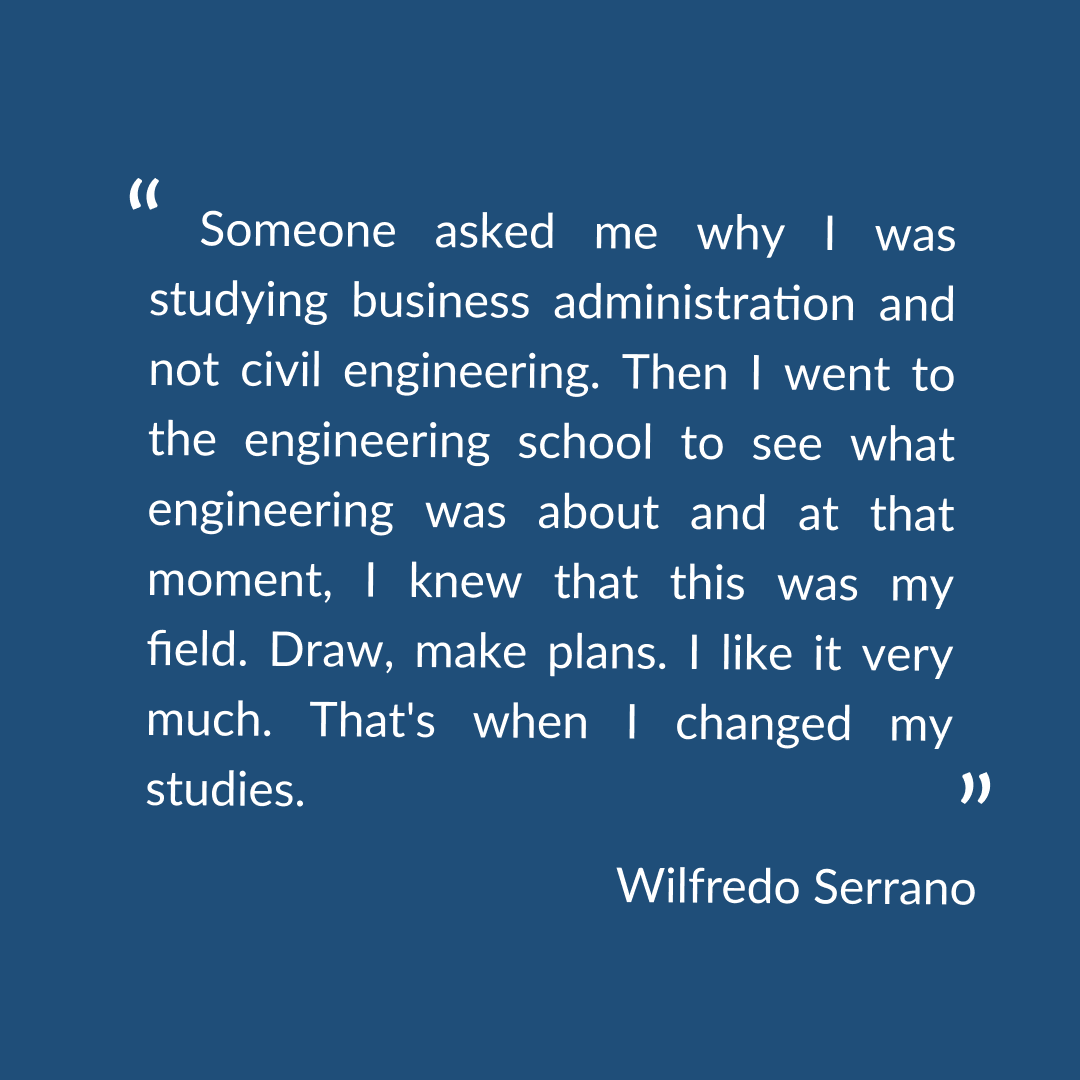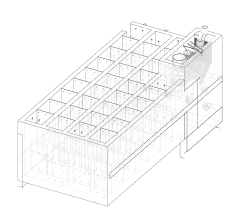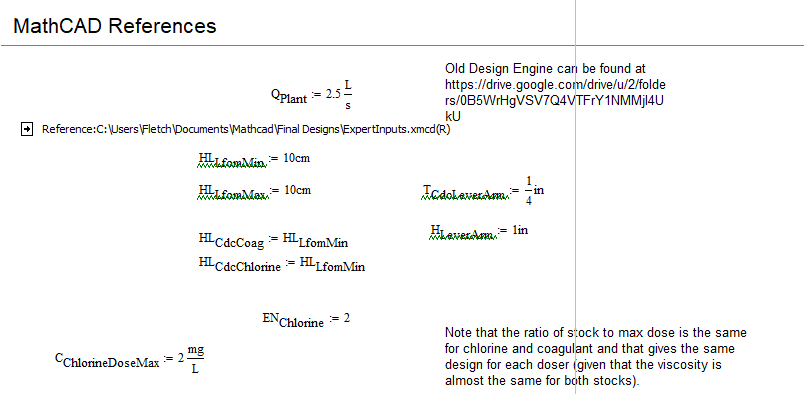RIDE (Research, Invent, Design, Empower) is ACR’s first research-based committee. RIDE partners with research institutions around the world to create more efficient, cost-effective, and reliable water treatment technologies. For the past few months, RIDE volunteers have been hard at work creating a multi-semester plan to roll out new AguaClara Programs at research institutions. RIDE’s primary objective in Spring 2021 is to ensure the successful startup of research at Ohio State University (OSU). The AguaClara OSU Program is the first student-led AguaClara research conducted outside of Cornell University, making for the newest AguaClara Program in 15 years.
In 2018, Dr. Michael Hagenberger, a professor and Associate Dean from OSU, and Dr. Monroe Weber-Shirk, retired lecturer from Cornell, connected to discuss joint research opportunities and the successes of the student-led AguaClara program. Dr. Hagenberger sent an OSU student, Mike Reese, to work with the AguaClara Cornell team in the summer of 2019 to learn about the team and take lessons back to OSU. Since 2019, Dr. Hagenberger, Mike Reese, and Patrick Sours, a Senior Lecturer from OSU, have worked with ACR to prepare for the launch of an AguaClara OSU program.
Students at OSU began their in-person classes on January 18th, 2021 which also marked the start of their AguaClara research. Leading up to the start of the semester, RIDE provided OSU with a list of research topics, each with a short description summarizing the main research objectives. This list allowed students to learn about AguaClara research objectives and pick topics inline with their interests and experience. From the options available, OSU students selected the Depth Filtration project and created a subteam tasked with studying how varying parameters of flow rate, sand size, and coagulant dosage may affect AguaClara’s stacked rapid sand filters’ performance. Four students at OSU will be a part of the AguaClara Program at OSU this semester.
After the research topic was picked, RIDE created a comprehensive purchasing list for OSU to ensure that all required materials are prepared.
A schematic of a lab bench setup provided to the OSU team as reference. Research teams, with the support of RIDE, will design their own testing setups and research plans.
AguaClara Cornell’s 15 years of research experience has given RIDE expertise to identify supplies needed for various research projects. RIDE used this background to make a custom purchasing guide that OSU will use to select all of their lab equipment based on their research grant budget.
When the supplies arrive on campus, RIDE will begin the last phase of the AguaClara Program setup which involves assembling the lab bench along with its most critical components. To assist with the assembly, RIDE provides a detailed list of instructions to allow in-person students to easily designate responsibilities and maximize efficiency. After the lab is ready for research, a dedicated team of RIDE members will continuously support and advise students on their current research. Remote support comes in the form of emails, videos calls, and occasional in-person visits from RIDE members who live nearby.
Thank you to everyone who has worked to make this partnership a success! ACR is so excited to welcome the OSU team to the AguaClara family. We look forward to sharing research updates from Cornell and OSU soon.
If you are interested in getting involved as a RIDE volunteer or want to learn more about starting an AguaClara Research Program, please email Matthew Cimini at mcimini@aguaclarareach.org.
Author: Matthew Cimini

